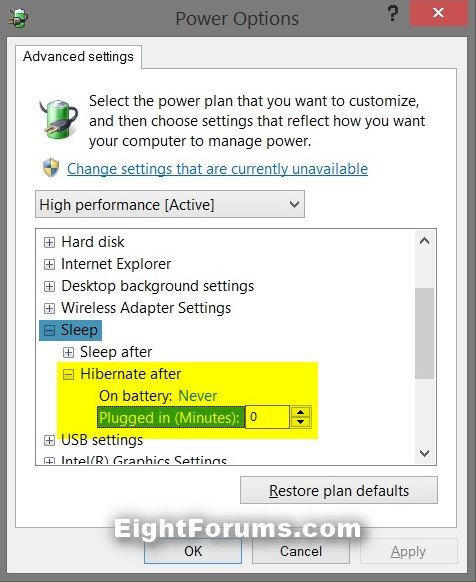

It’s not fun to hear the thunder crack outside, watch the power go out, and then realize that your laser printer is still happily powered on but your computer is not.While you’re down there, check that the UPS data cable is connected to your computer.The CyberPower UPS units use a simple USB A to B cable (the kind of USB cable with a square’ish male terminal at the end commonly used for scanners and printers). Double check that critical computer components (such as your computer tower and primary monitor) are plugged into the battery-supported outlets. The majority of UPS units have a bank of battery-supported outlets and a bank of surge-protected but not battery-supported outlets. That’s exactly what you don’t want to happen, as it simply delays the crash (in this example, 20 minutes) that would have occurred immediately sans the dumb battery support.The agent software turns your dumb battery backup into a smart battery backup that can communicate with your computer and coordinate activities: the most important of which is shutting down or hibernating gracefully when the battery is sufficiently depleted (but before there is a risk the shutdown will terminate prematurely and damage the computer).ĭouble check that the devices plugged into your UPS unit are plugged into the right electrical outlets.


Without the software, your computer will be completely unaware that the power interruption has occurred and will run right until the last second before it gets powered down hard when the battery runs out. Let’s say you bought a unit with enough juice to keep your computer running for 20 minutes after the power goes out. You also need to configure the proper control/agent software to go with the battery unit so that your computer and the UPS unit can talk and ensure they’re coordinating their efforts to keep your system smooth and stable.RELATED:Without the agent software, your computer is essentially just plugged into a dumb battery. Picking the right battery is only half the process, however.


 0 kommentar(er)
0 kommentar(er)
